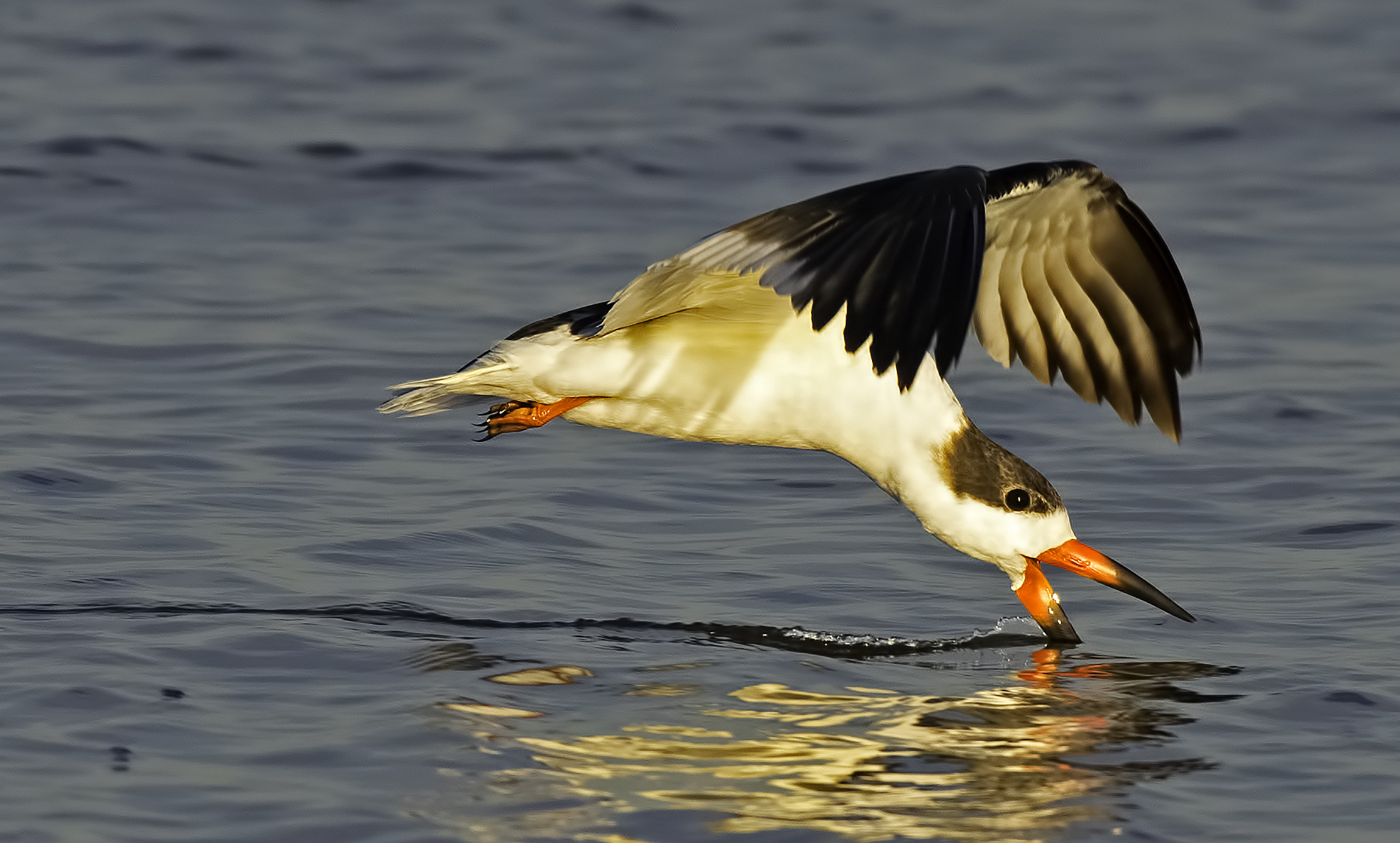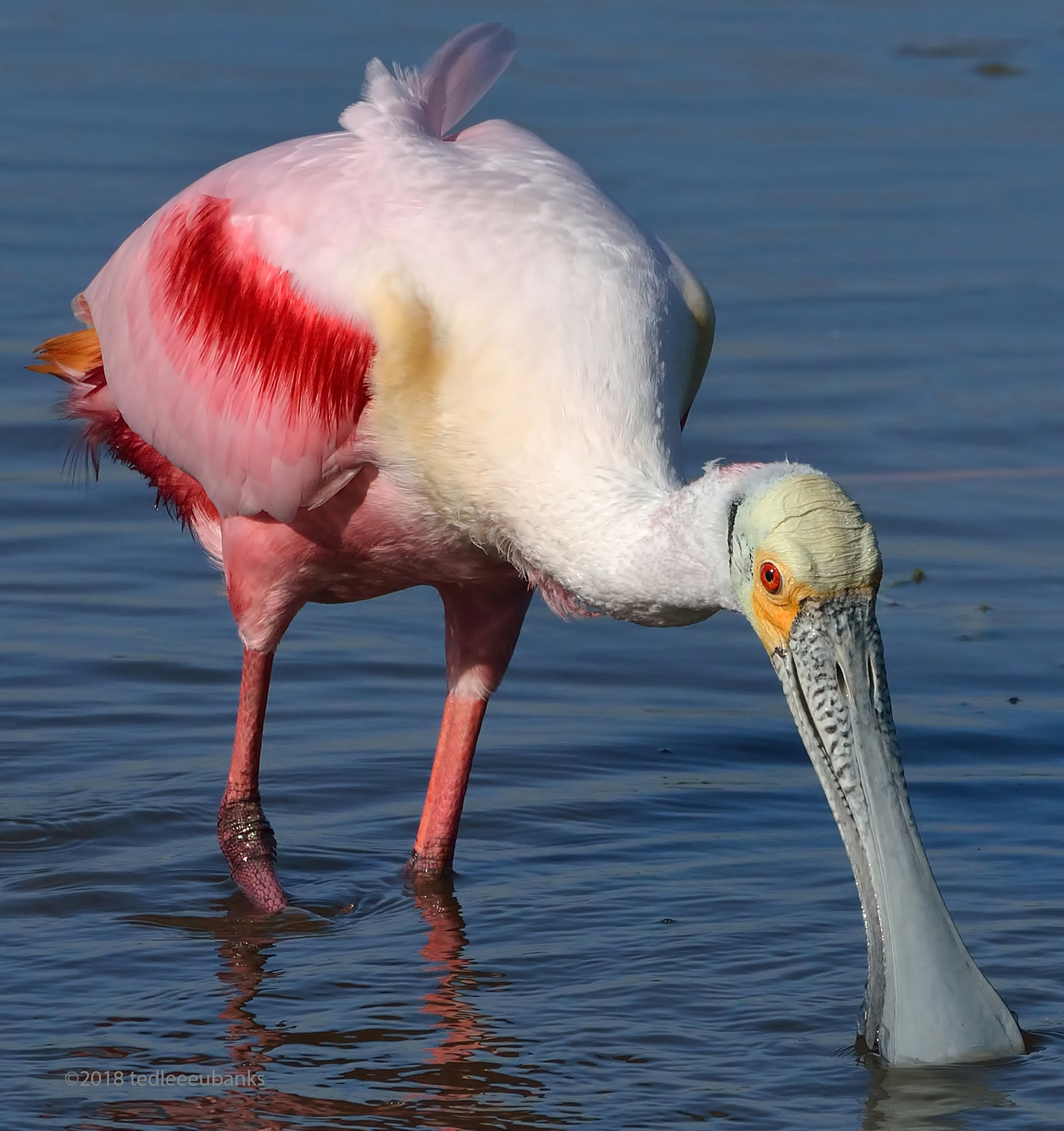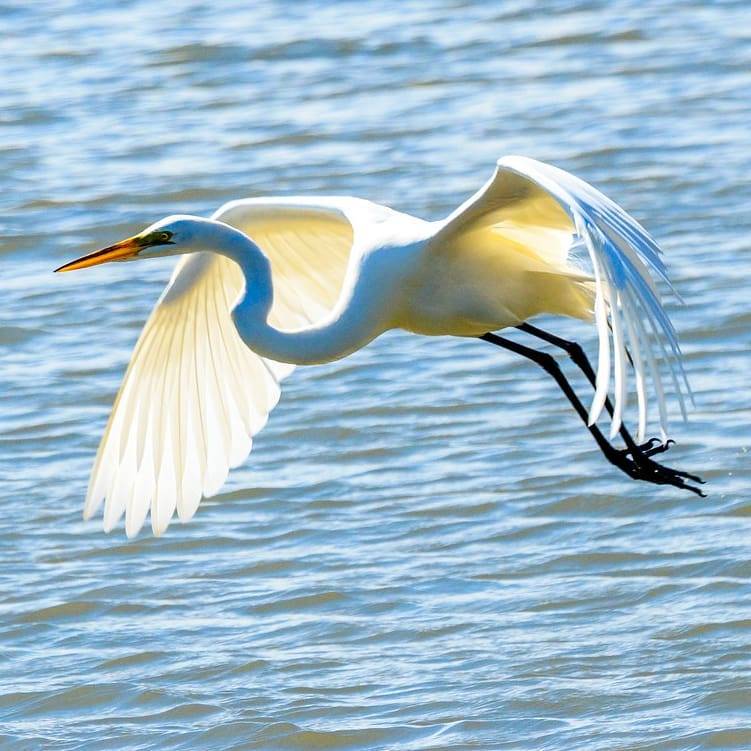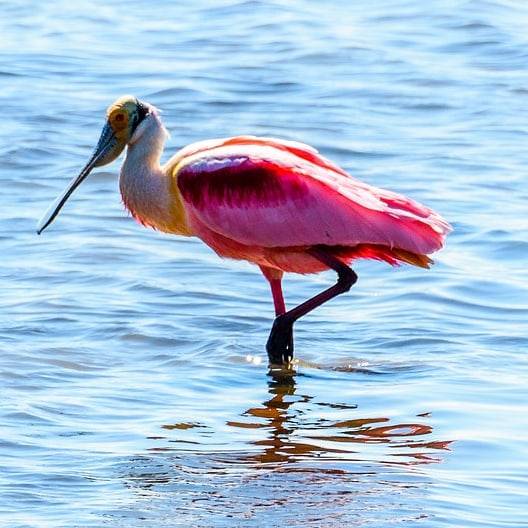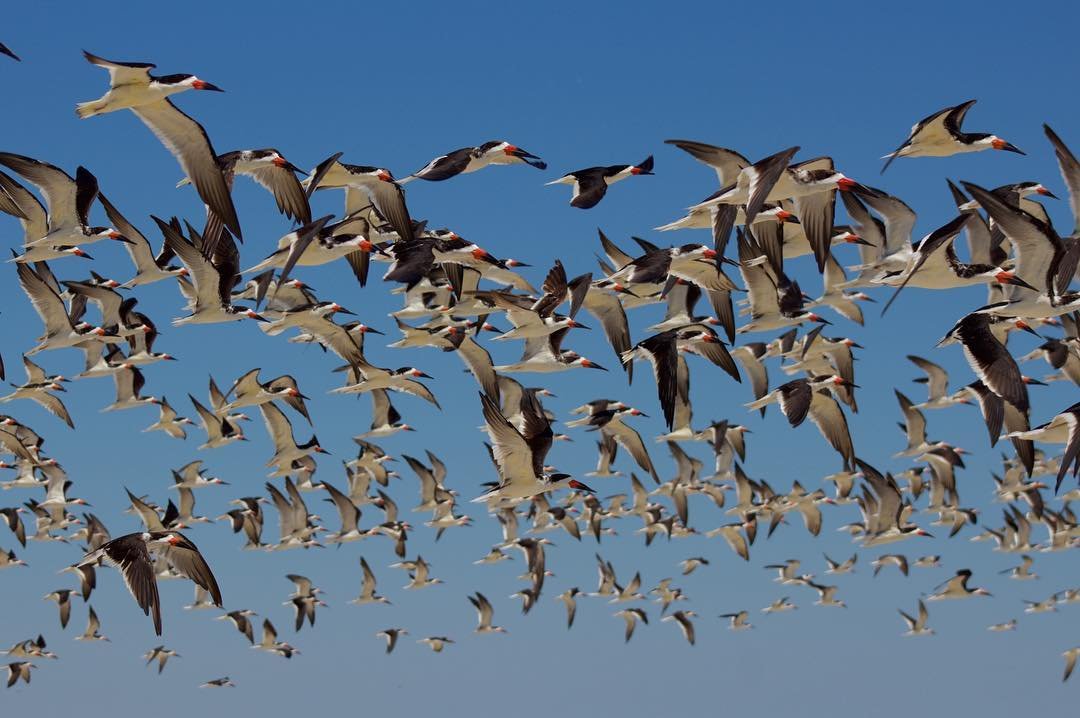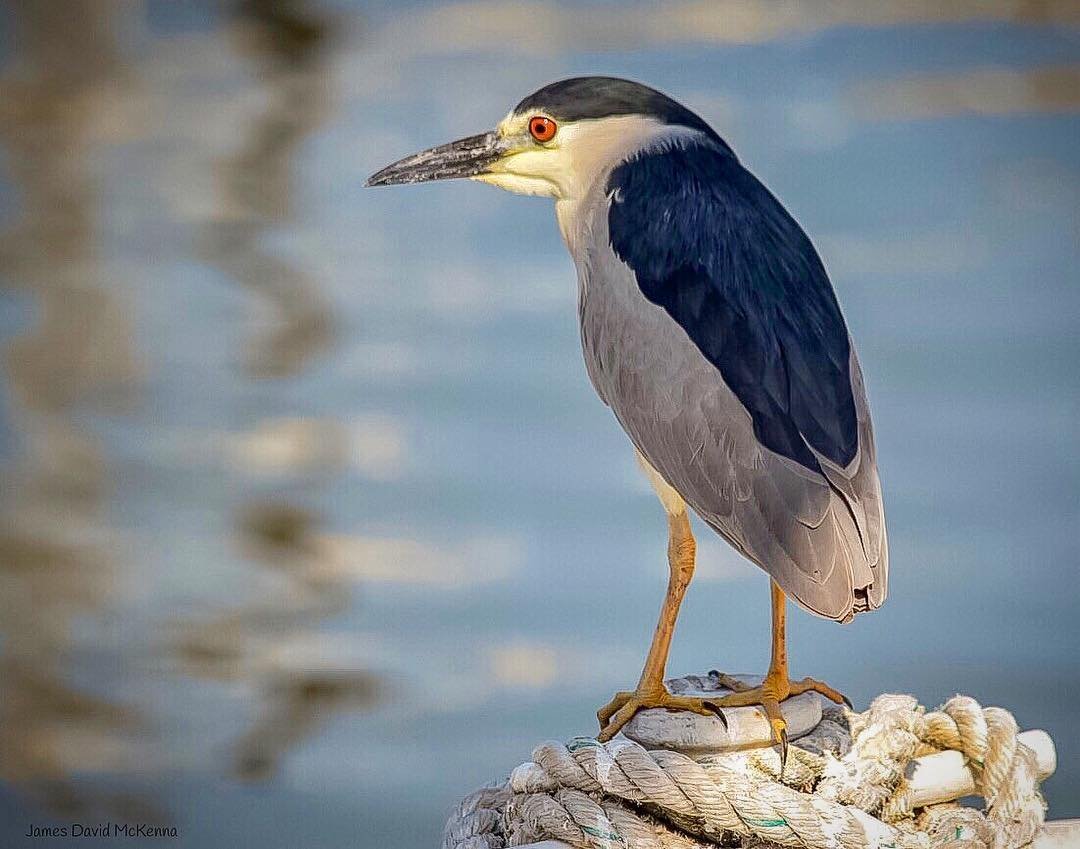Preservation
The East End of Galveston Island contains a precious and increasingly rare ecology. The 684 acres are one of Galveston's largest undeveloped spaces, including one of the few remaining sizable tracts of coastal prairie. The site contains both tidal and nontidal wetlands, beach dunes, a freshwater pond, black mangroves and upland prairie, along with an extensive marine coastline.
Habitat restoration work has begun to remove invasive species. A Habitat Management Plan has been developed and is currently in use. You may notice areas along the current trail that is mowed. This allows the prairie to grow and pushes back invasive plants.
Ecology
The site serves as a refuge to a wide range of animals, including a tremendous variety of birds. The wetlands and lagoon support a variety of food sources that attract many species of birds. Raptors hunt in the grassy uplands, which also serve as a breeding ground and place to winter for other birds. Sandpipers and plovers pick along the sandy edges of the lagoon and ship channel, and large flocks of gulls, pelicans, terns and cormorants often cover the sandbars on the beach.
The site serves as a habitat for other animals such as a variety of mammals, reptiles, amphibians and invertebrates.
Why Preservation Matters
The East End Lagoon is a rare place on Galveston Island where much of the land is undisturbed and wild. It’s importance cannot be denied.


